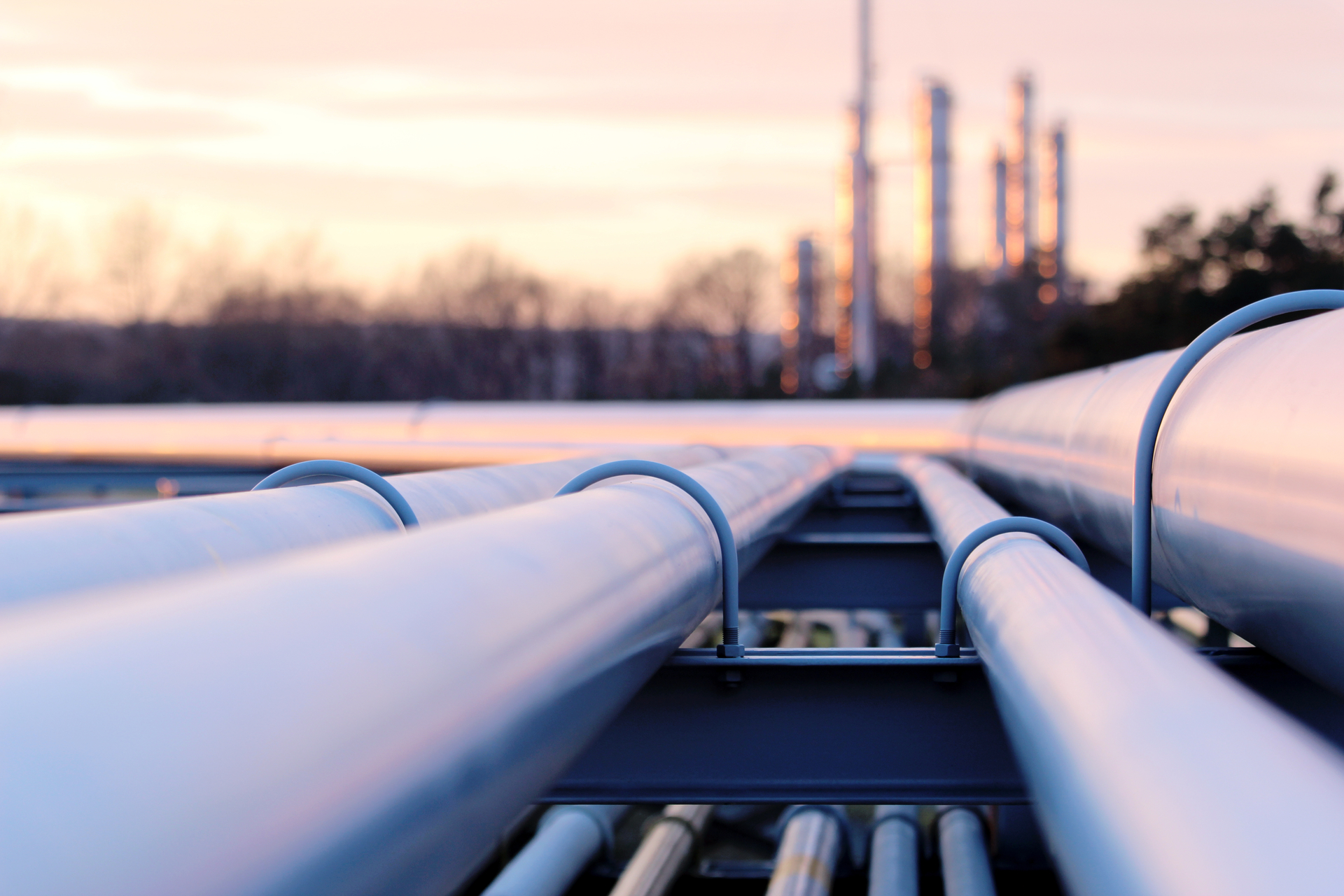The Government of Canada recently released a discussion paper on two implementation options it is considering for a new oil and gas sector greenhouse gas (GHG) emissions cap. The paper invites public input on the design and implementation of the options being considered. An emissions cap would place an upper limit on total GHG emissions from the upstream oil and gas sector in Canada – although the exact scope of the limit is yet to be determined.
The first option the government is considering is a new cap-and-trade system under the Canadian Environmental Protection Act, 1999 (CEPA). The second option modifies the current carbon pricing approach under the Greenhouse Gas Pollution Pricing Act (GGPPA). The form of the cap and the timeline for its institution will be communicated by the government by early 2023.
Canada’s oil and gas sector accounted for about 27% of the country’s emissions in 2020. Total GHG emissions from the sector grew by 5% from 2005 to 2020 while oil and gas production increased by 26% over the same period. Most of the growth in emissions was from the oil sands, where GHG emissions increased from 35 Mt in 2005 to 81 Mt in 2020 even though GHG emissions per barrel have fallen 33% since 1990.
Cap and trade
The cap-and-trade system would be national in scope and implemented through new regulations under CEPA. This system would establish a quota of total GHG emissions allowable for specific periods for the upstream oil and gas industry, which would gradually decline over time in accordance with Canada’s 2030 and 2050 GHG targets.
Industry members would receive emissions “allowances” and be required to remit one allowance per tonne of emissions produced. Allowances would be distributed fully or partially through a system of auctioning, and auctioning proceeds would be reinvested to further the sector’s decarbonization efforts.
The price of allowances would be determined through supply and demand in an emissions trading market, but certain mechanisms to curtail volatility would also be employed. These allowances would not have any interaction with other regulatory systems, such as the current federal carbon pricing backstop or equivalent provincial carbon pricing schemes.
In addition to the auctioning system, some allowances would be freely allocated. This strategy would reduce the average carbon cost while maintaining a strict cap on emissions, thus mitigating carbon leakage risks. Free allowances would be based on output rather than historical emission levels to avoid creating incentives to curtail production and eliminate barriers to entry. The cap-and-trade system may also allow certain facilities to use a limited amount of recognized carbon offset credits for a set period of time. This option would add additional flexibility as facilities adjust to the new cap. The first key step in the implementation would be drafting and finalizing the regulations under CEPA.
Special oil and gas carbon pricing under GGPPA
The emissions cap in this case would be set by modifying the federal carbon pricing benchmark to incent further emissions reductions. The benchmark is currently carried out through a carbon pricing backstop system under the GGPPA, which allows provinces to either implement their own carbon pricing systems to meet the benchmark or adopt the federal backstop system.
If this approach is employed, the benchmark would be amended to set out specific criteria for the oil and gas sector, including an oil and gas-specific carbon price, which would be evaluated at five-year intervals. This tailored carbon price would only apply, however, if the economy-wide carbon pricing systems in place prove insufficient to meet the emissions cap trajectory.
As in the cap-and-trade approach, certain facilities may be allowed to use a limited amount of recognized carbon offsets for a set period of time to meet compliance obligations. Key steps in the implementation would include amending the GGPPA, updating the federal carbon pricing benchmark and reforming the federal, provincial and territorial pricing systems.
Applying the cap
The government has set out some parameters that will apply to the eventual cap, regardless of the exact underlying structure. The oil and gas emissions cap will apply to direct emissions from upstream oil and gas production. The government is still determining whether the cap will apply to emissions from petroleum refineries and natural gas transmission pipelines. It will not apply to natural gas distribution and oil pipelines, nor end-uses. From these sources, the cap would apply to all GHGs reported in Canada’s National Inventory Report resulting from upstream oil and gas production, including carbon dioxide and methane.
Impacts on the oil and gas sector
There will be impacts to the oil and gas sector from implementing an emissions cap. One impact will be increased compliance costs. Not only will the oil and gas sector be held to a potentially more stringent requirement than other sectors, incompatibility of the proposed cap with other regulatory regimes will create a separate market for carbon credits. This will inevitably raise the cost of credits.
Another impact is regulatory uncertainty. The proposed cap will have to be instituted at the federal level and at the provincial level, with modifications, for provinces that desire equivalency with the federal benchmarks. It is uncertain how each province may choose to implement the new requirements of the cap and whether they may affect each province’s equivalency status.
Request for input
The government is seeking input on these emissions cap options. It has outlined key topics in a series of discussion questions, in the discussion paper. Written comments must be submitted by September 30, 2022.
The authors would like to thank Mary Barger for contributing to this legal update.





